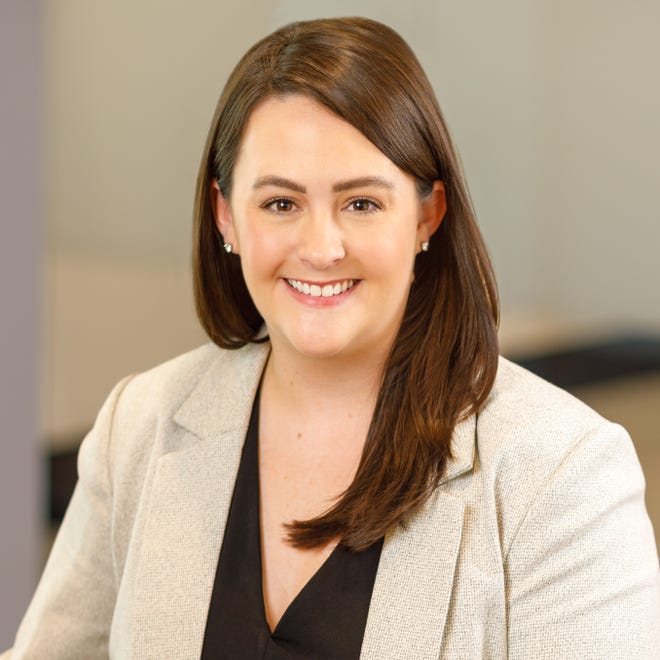The holiday season often inspires a spirit of generosity. It’s a time when many choose to give back, and this is reflected in the fact that charities receive about a quarter of their yearly donations in December. If you’re considering charitable contributions this season, Donor Advised Funds (DAFs) offer a smart and efficient way to do so.

Learn history of DAFs
First introduced in the 1930s, DAFs have become an increasingly popular way to give, especially since the 1990s. (They were formally recognized in the IRS Code in the Pension Protection Act of 2006.)
As of 2022, there are nearly two million DAFs in the U.S., accounting for about 10% of all U.S. charitable giving. They’re a flexible and tax-efficient way to support the causes you care about, making them an excellent choice for year-end charitable contributions.
Understand Donor Advised Funds
A Donor Advised Fund is essentially a charitable investment account. When you contribute to a DAF, you receive an immediate charitable deduction. The funds then grow tax-free and can be granted at a later point to any eligible IRS-qualified public charity. This structure allows for an initial donation to potentially increase in value, amplifying your philanthropic impact over time.
You can contribute cash, securities, and certain other assets to a DAF. The value of your donation is based on its fair market value on the day of the contribution. This is particularly appealing for donors with low-basis stock, as it allows them to avoid paying capital gains taxes on their donation. However, it’s important to note that once a contribution is made to a DAF, it is irrevocable.
See advantages, disadvantages, trends
While DAFs come with the limitation of only being able to grant to IRS-qualified public charities, their advantages are significant. They are less expensive to maintain than a private foundation and offer ease of transfer to heirs. Anyone can manage and maintain a DAF, making it a versatile option for legacy planning. Additionally, the initial contribution required to start a DAF can be relatively small, making it accessible to a wider range of donors.
Despite a downturn in total charitable assets – likely influenced by last year’s decline in the stock market – DAFs continue to rise in popularity. In 2022 alone, grants from DAFs increased by 9% to $52.16 billion.
‘Tis the season
As we celebrate this season of giving, Donor Advised Funds present a unique and effective way for individuals to maximize their charitable impact. Most of the larger custodians, like Charles Schwab and Fidelity, provide DAF options, making the process more accessible than ever. But if you’d like some help determining whether a DAF makes sense for your unique financial situation, reach out to a financial adviser today.

Jennifer Pagliara, CFP, CTFA, is an executive vice president and financial adviser at CapWealth. For more information, visit capwealthgroup.com.














